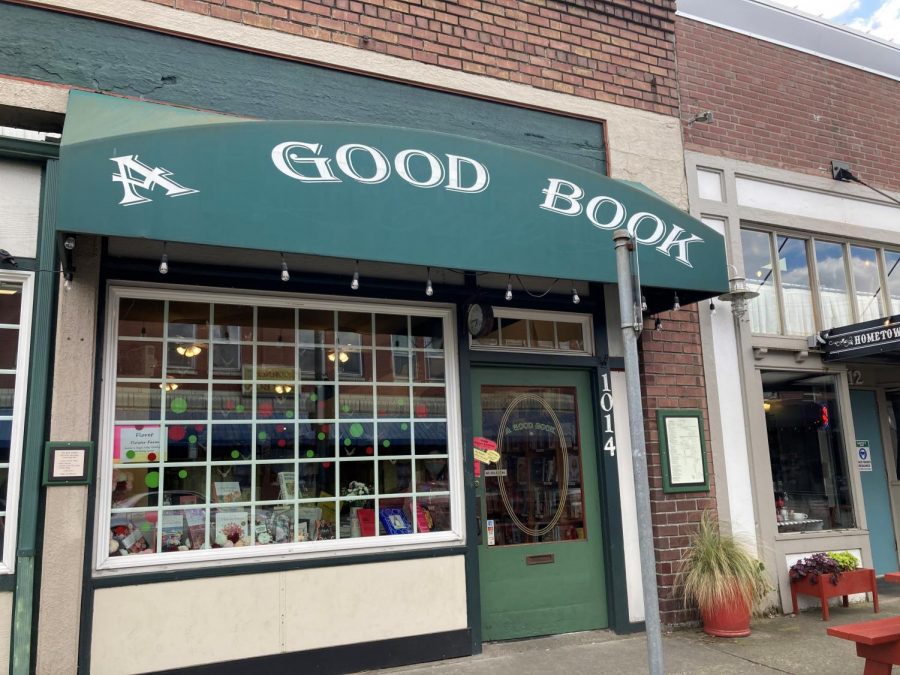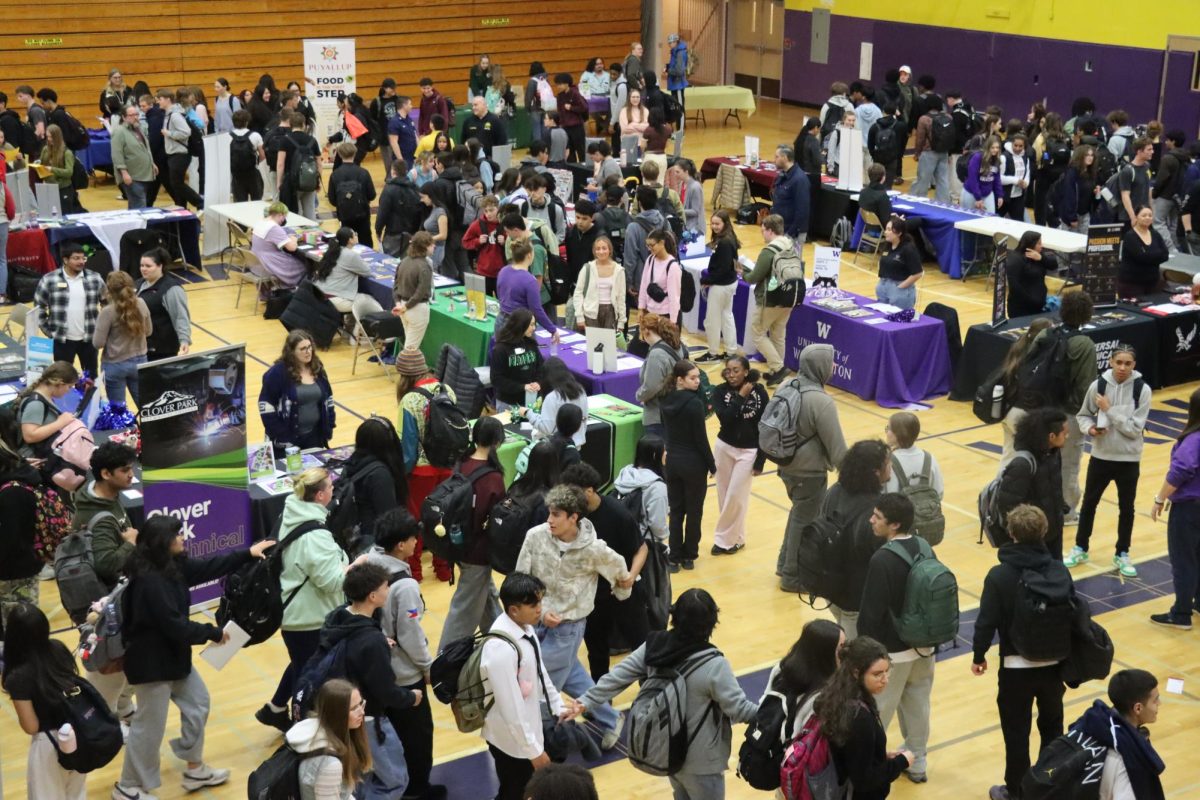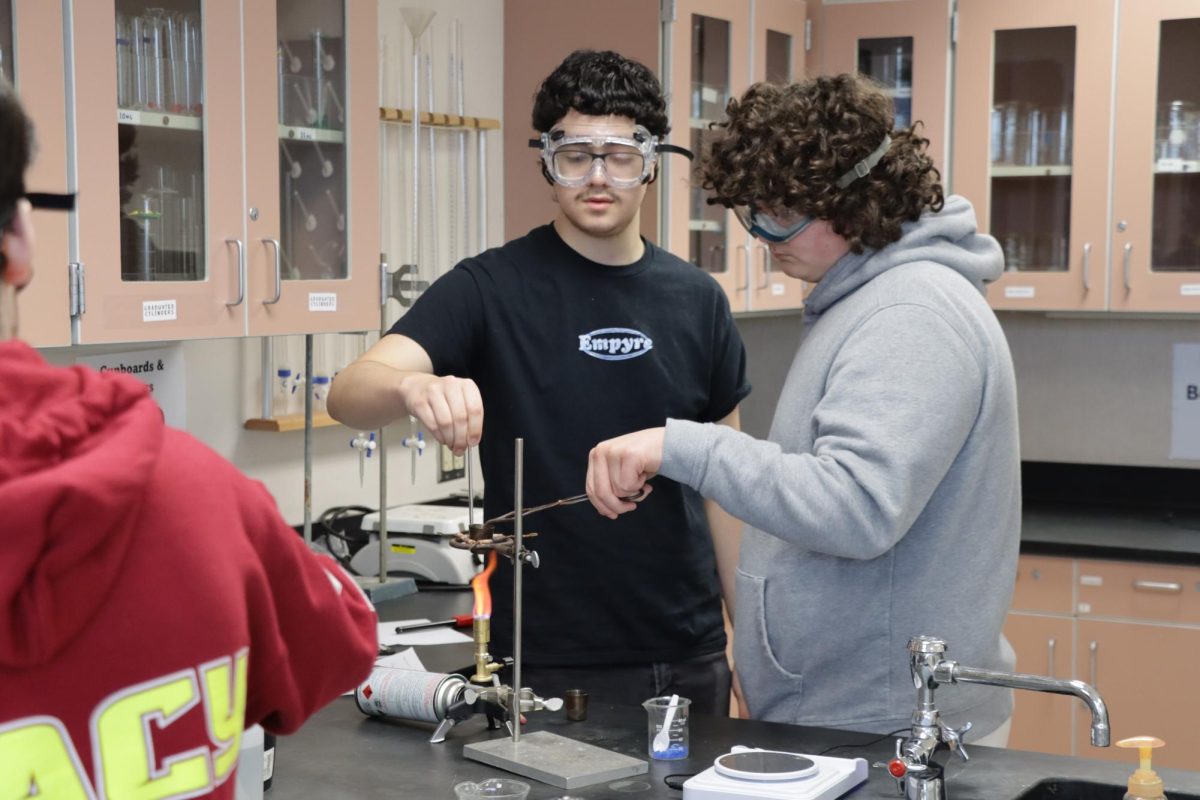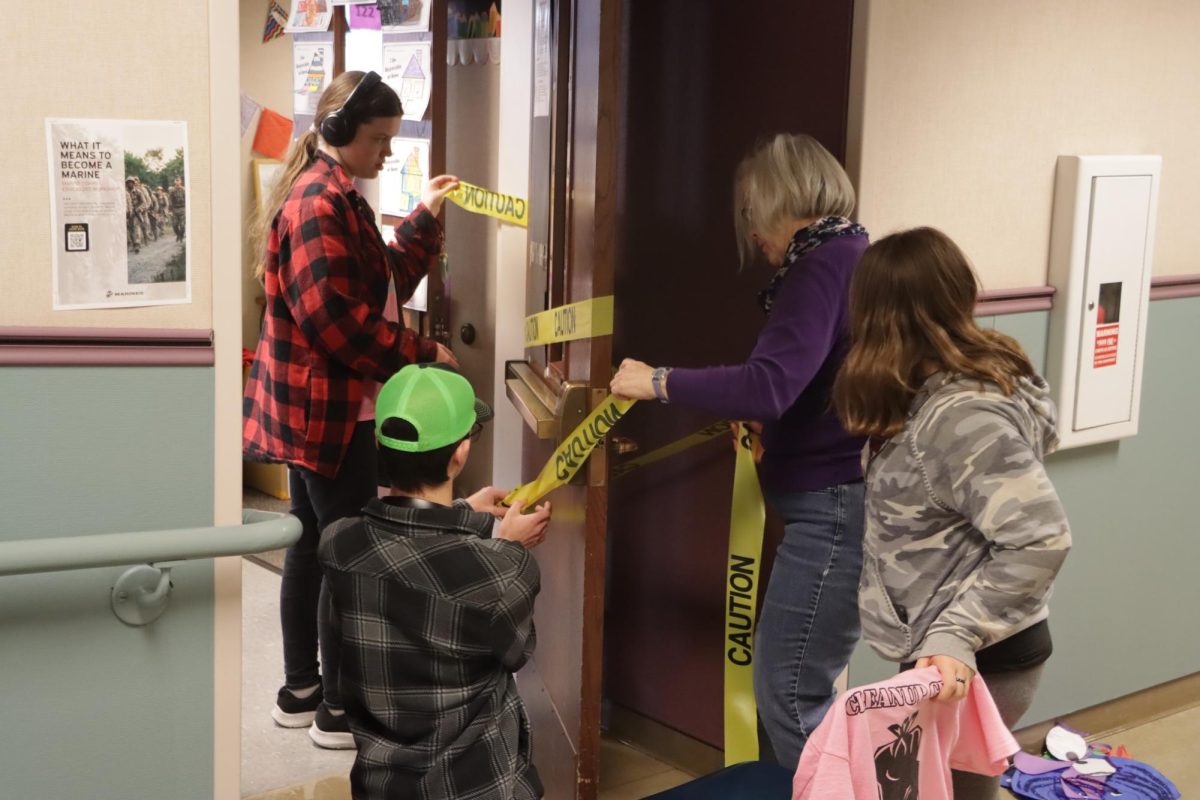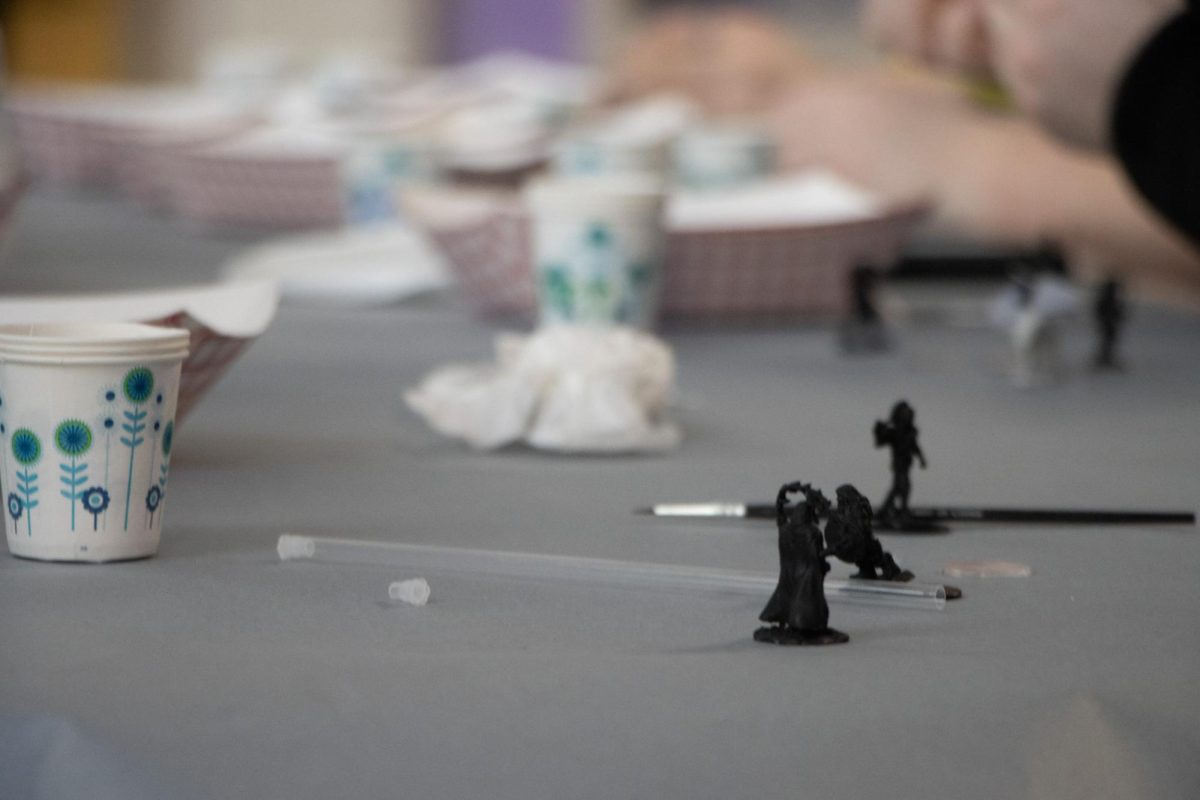As both the number COVID-19 restrictions and schools days begin to count down, the question remains: did the hybrid schedule secondary schools in the Puyallup School District (PSD) switched to in February achieve the desired impact to increase attendance, engage students and overall benefit student health?
Since the school closures last March, schools around the country recognized the impact to student mental health. Counselor Jamie Mercer says that student mental health and attendance were closely connected.
“Ever since the lockdown, the lack of connection is probably the biggest thing that we’ve seen;” Mercer said. “There were students that we didn’t see all second semester last year, from May until the end of school year, that we were never able to get contacted or get connected back to school.”
And while this problem remained unsolved for the first part of this school year, with the introduction of the hybrid system has led to an increase in student-school engagement and productivity. Students who opted into the hybrid model have in-person classes twice a week while maintaining the online Monday classes.
“Having the ability to offer a kind of human connection has been nice; before hybrid, we didn’t have any options, it was like we were stuck. Now we have a way to get [students] connected,” Mercer said. “It’s been fortunate that with Mr. Sunich we’ve been able to say ‘we really feel like this kid needs to get into hybrid, let’s get him in to the extra days,. we have new ways to help right now.”
And the attendance figures seem to be just as positive, according to Principal David Sunich, who feels that the switch hybrid has been effective with consistent attendance statistics to back it up.
“Our attendance has been phenomenal for in-person. Hardly anybody’s missing in-person classes,” Sunich said. “The kids coming have been here really consistently and the teachers say that they feel like they’re making progress and building connections with the kids that are here.”
But the switch to hybrid wasn’t one solely about the statistics of attendance and grades both the social and educational sides of the matter were considered.
“Even if the grade data itself hasn’t improved, our number one goal was about the social emotional support,” Sunich said. “I feel like there’s improvement from the kids just having the ability to be here.”
The location of students and where their learning takes place does impact the academic outcomes, since many benefit from the face-to-face instruction that hybrid offers.
“Academically there are just some students that aren’t going to make it, but what we’ve been focusing on is the mental health. Sometimes academics need to take a second,” Mercer said. “Hybrid has helped for some students that really just need that face-to-face, there’s just [students] need to be around other people.”
Even PHS nurse of four years Jennifer Schafer, a mother of a Rodgers High School (RHS) sophomore, agrees on the importance social interaction for improving mental health.
“I think it’ll be great, definitely a positive, as humans we need that social interaction, even for those who don’t consider themselves social. It’s just a good impact to their overall mental health. There’s that missing piece, it’s just the connection with people, we need that,” Schafer said.
And students of PHS seem to think it’s working too, senior Phillip Laktionov recounts how the switch back to in person has helped him in his outlook on his final year at PHS.
“See it’s my senior year, so I wanted to go to school,” Laktionov said. “So, it just made me happy because I wanted to see friends and experience high school as a senior, instead of sleeping in.”
The versatility of the hybrid schedule has also helped students, like Senior AJ Smith, juggle more than just mental health as well.
“I get a lot more time to do homework and study, so I feel like that kind of helps. I’m not rushed to get work done,” Smith said. “I love it, I get a lot of hours for work and doing real world things.”

